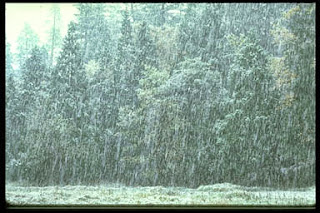Dear Haijin, visitors and travelers,
Here we go ... our first Tan Renga Challenge Month of Carpe Diem. It's a challenge for me and for you all, but ... for all it's fun.
I have
gathered a lot of nice haiku for this Challenge and I am glad that you all my
dear friends have shared haiku for this Tan Renga Challenge. I am happy that
you have given me permission to use your haiku and of course all the rights
stay with you all I just use them for this Challenge. This will become a
wonderful Carpe Diem month I think. By the way: While I wanted to use as much
haiku, written by you, as I can I have decided to do NO SPECIALS this month and
I have made the decision to grant you all more time to make the Tan Renga
complete, this month you've 24 hours more to respond on the given prompt.
Tan Renga is a short-linked poem which has two stanza, the first stanza has 5-7-5 syllables (the haiku written by you) and the second stanza has 7-7 syllables. The second stanza is a response on the first and has to have a 'kind of link' with the first stanza, but it can also be completely different say 'a kind of reaction or answer' on the first, but there always has to be, in some way, a 'link' with the first stanza. The Tan Renga looks very similar with the Tanka, but there is of course a little difference. A Tan Renga you write with two poets and a Tanka is written by one poet.
The goal of the Tan Renga Challenge is to write the second stanza of the given incomplete Tan Renga by association on a theme from the first stanza. You don't have to use the classical rules, but if you like to do so ... well feel free ... no obligations.In your linked post you have to copy and paste the given first stanza and include your second stanza.
Here is our first Tan Renga starting haiku written by Jessica of Like an Apple; Jessica wrote this haiku in response on our kigo 'scarecrow' (Kakashi).
Stanza 1 (5-7-5):
wind jostles the scarecrow
near the heavy-hung cornstalks
the summer is spent (Jessica)
Stanza 2 (7-7):
??????????????????
??????????????????
??????????????????
My attempt to write a second stanza to this Tan Renga started by Jessica:
wind jostles the scarecrow
near the heavy-hung cornstalks
the summer is spent (Jessica)
"trick or treat" they sing
halloween is on the go (Chèvrefeuille)
Well ... now it's up to you .... make the Tan Renga complete by writing the second stanza. This first Tan Renga Challenge Month episode will stay on 'til November 3rd 11.59 AM (CET) and I will post our second Tan Renga Challenge later on today around 7.00 PM (CET).
!! This first Tan Renga Month episode is open for submissions right now !!













































